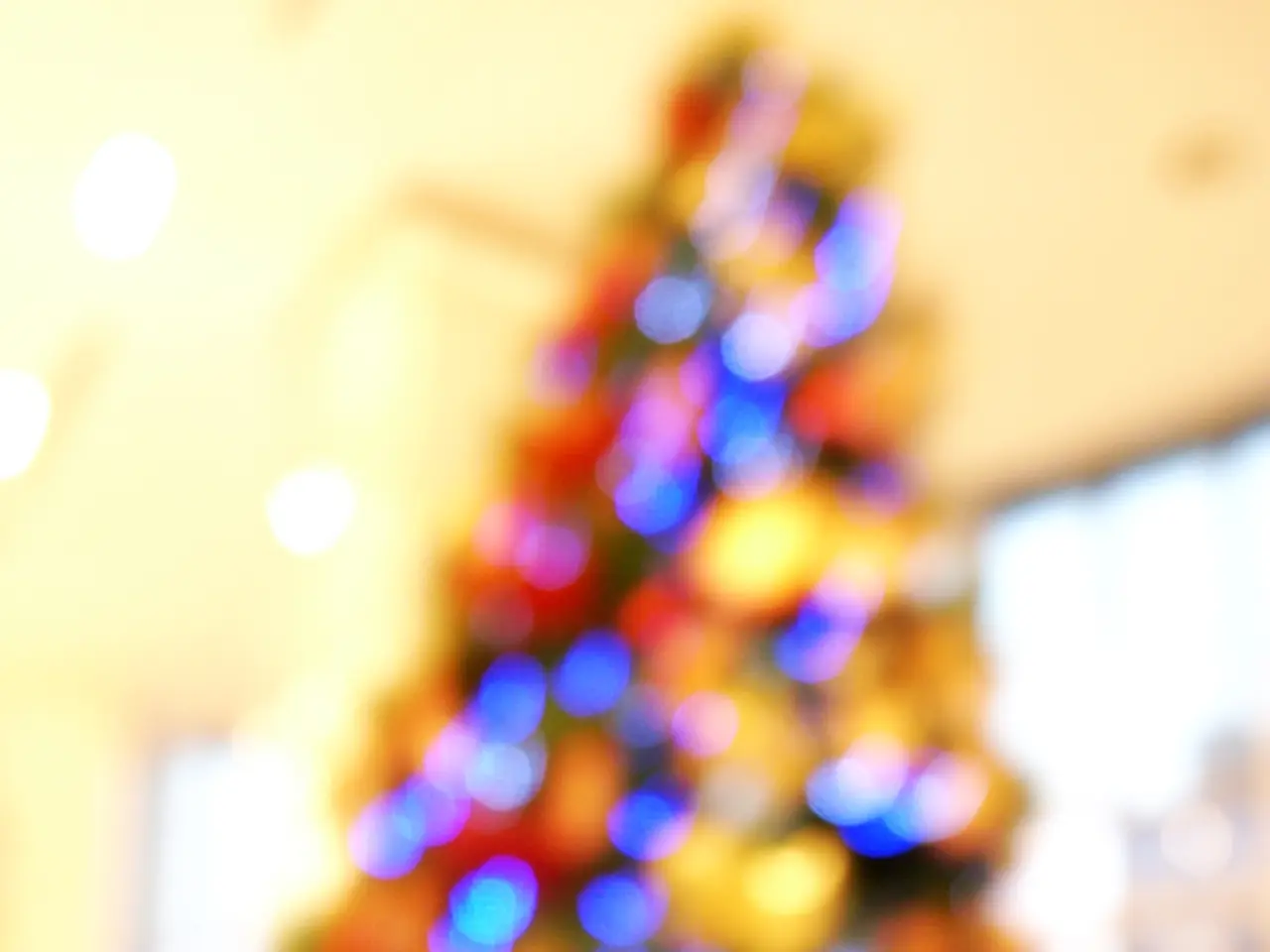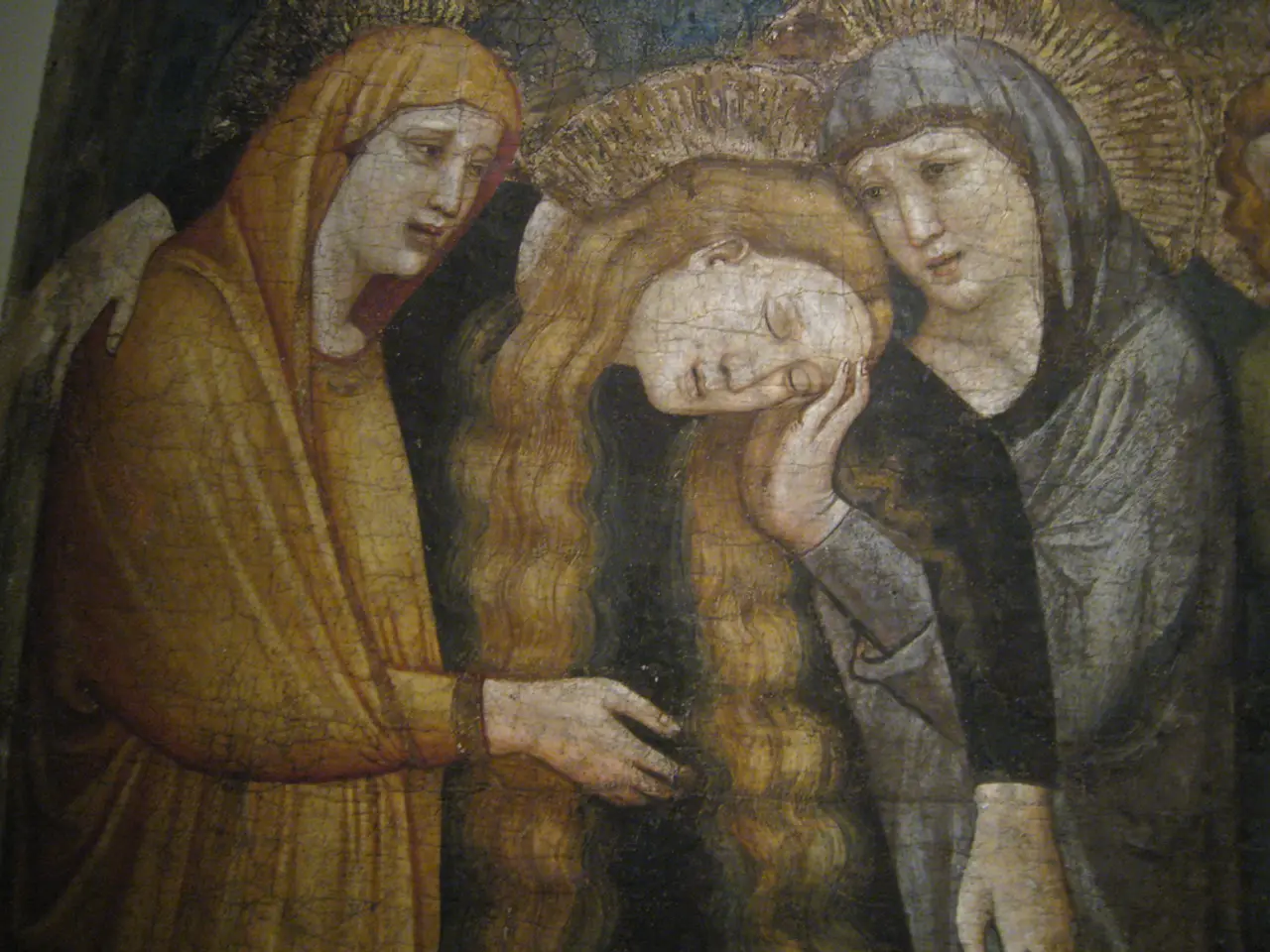Important Reminders for Gardeners in December:
As the festive season approaches, many households bring indoor plants, holiday plants, and Christmas trees into their homes. To ensure these plants remain healthy and vibrant throughout the indoor winter season, follow these expert guidelines.
Indoor Potted Plants ---------------------
Place cold-sensitive indoor plants in locations where they get winter sun, ideally near a brick or masonry wall that absorbs heat during the day and releases it at night to keep plants warmer. Avoid overwatering; test soil moisture by feeling the soil about an inch deep. Water only when dry because cooler soil temperatures slow root absorption, and excess moisture can cause root rot.
During winter, plants typically need less fertilizer, but you can apply foliage treatments like Seasol fortnightly to increase cold tolerance. Maintain humidity by misting or using a humidifier, especially for tropical plants like Kentia palms and bird of paradise. Keep indoor temperatures above 60°F (15°C) and avoid drafts. Cluster pots to create microclimates that preserve humidity and shade roots, especially when away for several days.
Holiday Plants (e.g., Christmas Cactus) ----------------------------------------
For Christmas cactus to rebloom around the holidays, provide at least 13-15 hours of uninterrupted total darkness each night for about 8 weeks prior to blooming. Avoid any artificial light during this dark period, which can hinder bloom formation. Allow the top half of the soil to dry between waterings to prevent overwatering. Once buds form, resume normal care, and place the plant where it receives bright but indirect light.
Christmas Trees ----------------
Use potting mixes with water-absorbing crystals if you bring in live potted Christmas trees. This helps regulate moisture and prevents over or underwatering. Place trees away from heat sources like radiators or fireplaces to avoid drying out. Keep the soil consistently moist but not soggy. Check moisture daily because dry air indoors can quickly dehydrate trees. If exposed briefly to cold or freezing night temperatures, cover sensitive plants nightly or move them to warmer locations indoors.
Miscellaneous Tips ------------------
Around the beginning of October, move Christmas plants indoors to a rarely-used room with minimal light for a couple of months to encourage color. Continue to pinch back poinsettias occasionally until August to encourage bushiness. Gardeners require less food during the winter months due to reduced activity levels. Providing short days to holiday plants (poinsettias, Christmas cacti, kalanchoes) can encourage re-bloom next winter.
Place holiday plants in bright indirect light and treat them as other houseplants. After new growth in spring, continue to treat holiday plants as other houseplants. Balled and burlapped live Christmas trees can be planted after the holiday season for landscaping purposes. The purpose of using Christmas tree branches as mulch is to keep the ground around plants frozen, not to warm them. Place holiday plants outdoors in partial sunlight or bright shade during summer. Remove plastic sleeves and foil wrappings from holiday plant pots to prevent water trapping and root rot. Cut poinsettias back to 8 inches tall when new growth begins in spring. Dig the planting hole for a balled and burlapped tree in advance if there's a risk of ground freezing.
If you're tired of receiving non-gardening gifts, consider purchasing gifts from the ECOgardener site for an eco-friendly and unique touch. These practices ensure plants remain healthy and vibrant throughout the indoor winter season, from typical houseplants to special holiday favorites.
home-and-garden: As you browse through holiday gifts, consider purchasing plants or gardening tools from ECOgardener for an eco-friendly and unique touch.
gardening: During the festive season, maintain your home-and-garden plants by following expert guidelines, such as clustering pots to create microclimates and keeping indoor temperatures above 60°F (15°C).




